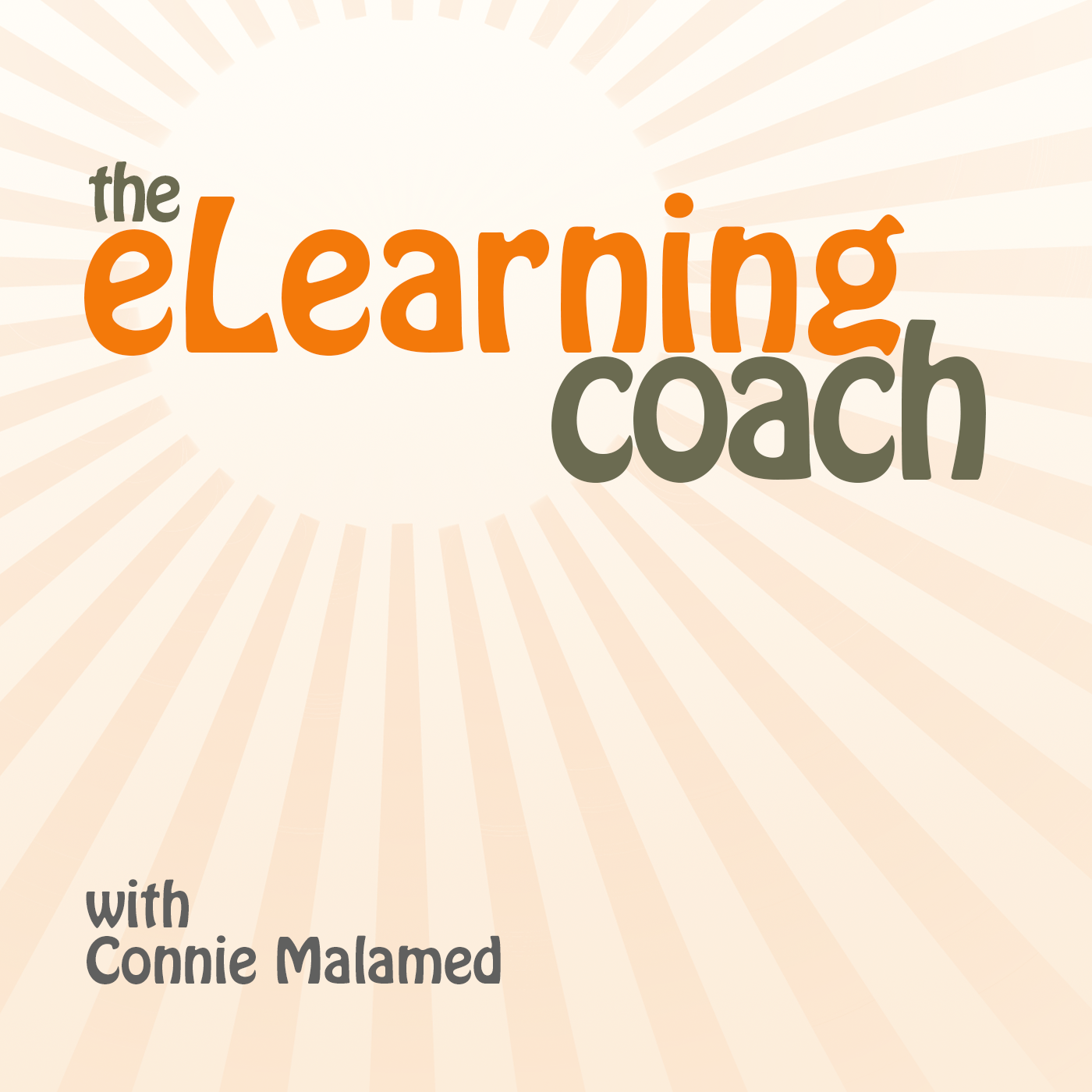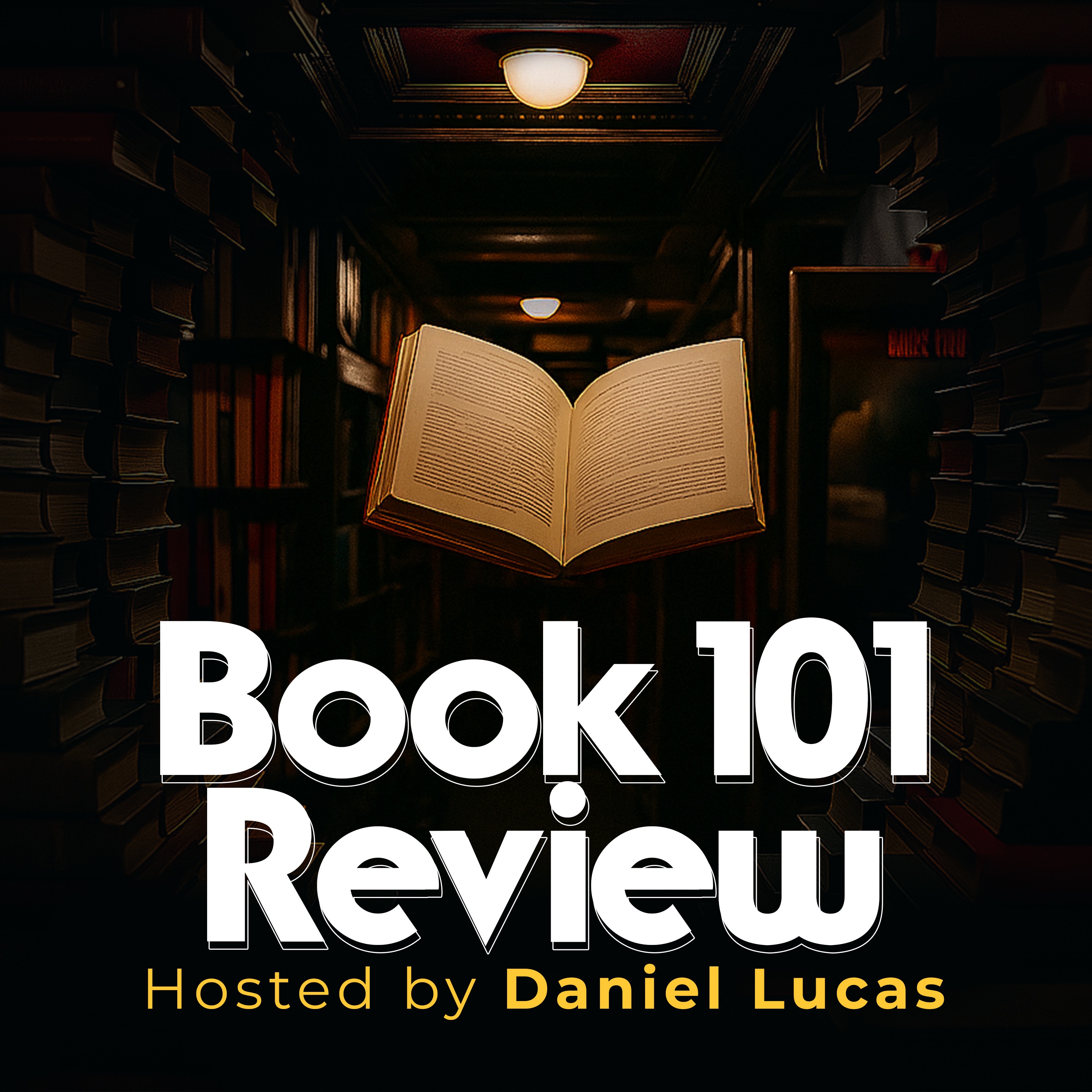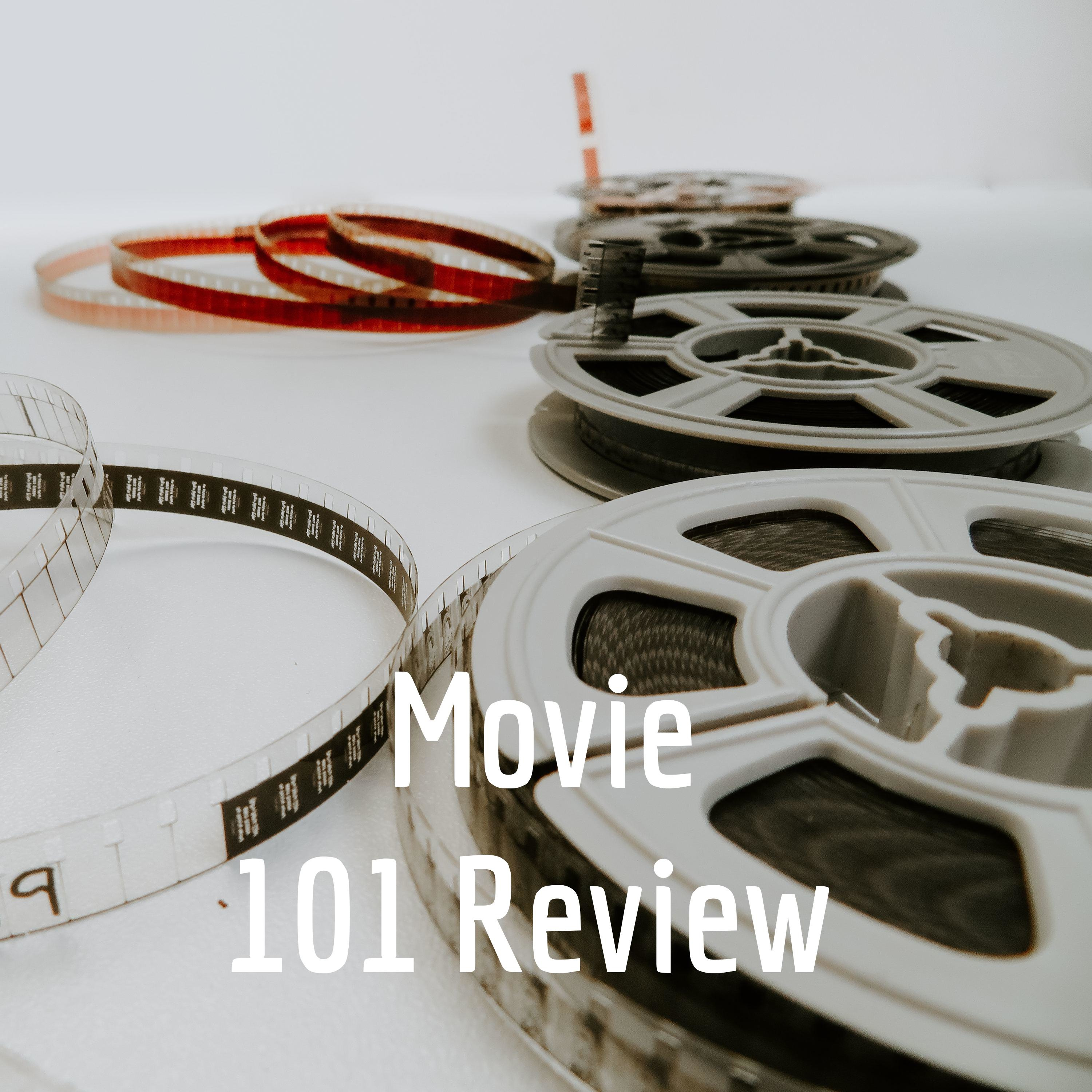
Designing with Love
Hosted by Grand Canyon University (GCU) adjunct instructor and professional instructional designer Jackie Pelegrin, this podcast explores instructional design, e-learning, and how to incorporate AI technology into different aspects of your work. Tune in for expert tips, real-world insights, and inspiring stories from students, alumni, and leaders in the field.
Designing with Love
Light the Fire, Don't Fill the Pail: Adult Learning Secrets
Welcome to episode 41 of the Designing with Love podcast, where I cover why understanding Adult Learning Theory is fundamental to creating effective and engaging learning experiences for adult learners.
Ever wondered why some learning experiences resonate deeply with adult learners while others fall flat? The answer lies in understanding how adults learn differently from children – a critical distinction that shapes effective instructional design.
In this illuminating episode, I dive into the fascinating world of adult learning theory and why it matters for anyone creating educational experiences. We explore how adult learning differs fundamentally from pedagogy by emphasizing autonomy, relevance, and real-world problem-solving rather than dependent learning. Adults bring rich experiences to the table and seek learning that serves clear purposes with immediate application.
Whether you're creating corporate training, teaching college courses, or building online content, understanding adult learning theory makes your work exponentially more impactful. Download the reference diagram from this episode and share your own experiences applying these principles in your work. Education isn't about filling pails—it's about lighting fires in the minds of your adult learners.
🔗 Episode Links:
Please check out the resource mentioned in the episode. Enjoy!
Join PodMatch!Use the link to join PodMatch, a place for hosts and guests to connect.
Disclaimer: This post contains affiliate links. If you make a purchase, I may receive a commission at no extra cost to you.
💟 Designing with Love + allows you to support the show by keeping the mic on and the ideas flowing. Click on the link above to provide your support.
☕ Buy Me a Coffee is another way you can support the show, either as a one-time gift or through a monthly subscription.
🗣️ Want to be a guest on Designing with Love? Send Jackie Pelegrin a message on PodMatch, here: Be a guest on the show
🌐 Check out the show's website here: Designing with Love
📱 Send a text to the show by clicking the Send Jackie a Text link above.
👍🏼 Please make sure to like and share this episode with others. Here's to great learning!
Hello and welcome to the Designing with Love podcast. I am your host, jackie Pellegrin, where my goal is to bring you information, tips and tricks as an instructional designer. Hello GCU students, alumni and fellow educators, welcome to episode 41 of the Designing with Love podcast. In this episode, I will dive into the world of adult learning theory, including why it matters, how it shapes learning experiences and what you can do to apply it to your designs. So why does adult learning theory matter when you are designing learning experiences for adult learners? Let me start by providing a definition of what adult learning theory is and how it differs from pedagogy.
Speaker 1:Adult learning theory refers to a framework of principles and models that explain how adults learn differently from children. This theory emphasizes practical application and drawing on life experiences. While pedagogy focuses on how children learn with more dependence, adult learning centers on autonomy, relevance and real-world problem solving. Adults want learning that is purposeful, immediately applicable and respectful of their prior knowledge. Whether you're creating corporate training, teaching college courses or building online content, understanding how adults learn makes your work more effective as an instructional designer. All right. So now that you have a good understanding of what adult learning theory is and how it differs from pedagogy, let's take a few minutes to review the key adult learning theories.
Speaker 1:Theory number one is Andragogy, developed by Malcolm Knowles. Some key information about this theory is adults are self-directed and goal-oriented. In addition, learning is problem-centered, not content-centered. An example of this is designing flexible learning paths or self-paced modules that are effective and engaging. Theory number two is experiential learning, developed by David Kolb. Some key information about this theory is that learning is through experience, which is concrete experience, then reflection, then conceptualization and finally experimentation. Some application examples of this is hands-on activities, simulations and real-world case studies hands-on activities, simulations and real-world case studies. Theory number three is transformative learning, which was developed by Jack Mezzaro. Some key information about this theory is learning isn't just about gaining knowledge. It's about changing the way we see the world. An example of this theory is using reflection journals or prompts that challenge assumptions. And finally, theory number four is self-determination theory, which was developed by DC and Ryan. Some key information about this theory is motivation is driven by autonomy, competence and relatedness. One tip for this theory is to give learners choice, build confidence and connect to their values. Great. So now that you have a good understanding of the four key adult learning theories, I will briefly cover five common misconceptions.
Speaker 1:Myth number one adults are completely self-directed and don't need support. What is the reality? While adults prefer autonomy, they still benefit from structure, guidance and feedback, especially when learning something unfamiliar. Myth number two adult learners are always motivated and ready to learn. What is the reality? Motivation varies with each learner. Adults are more motivated when learning is relevant, timely and connected to real-life goals. Without the connection, engagement tends to drop.
Speaker 1:Myth number three adults don't like group work or collaboration. What is the reality? Many adults value peer interaction, especially when it draws on shared experiences or allows for networking. The key is to make group work activities meaningful, not busy work. One tip for this is to use problem-solving tasks or experience sharing rather than forced grouped activities. Your adult learners will definitely appreciate it.
Speaker 1:Myth number four prior knowledge always helps adult learners. What is the reality? Sometimes prior knowledge includes misconceptions or outdated practices. Adult learning design should anticipate this and offer opportunities to challenge learners or update existing beliefs. One tip for this is to use reflection and comparison activities to surface or realign prior knowledge. And finally, myth number five adult learning is a one-size-fits-all. What is the reality? Adult learners have incredibly diverse backgrounds, experiences and goals. Effective learning design requires flexibility, cultural responsiveness and personalization where possible. A tip for this is to provide adaptive content and choice-based learning paths to your learners. So now that you have a good sense of some common misconceptions, let's take a few minutes to review some practical ways to effectively design learning experiences for adults.
Speaker 1:I will break this down in a step-by-step format which is easy to follow. Step number one start with a learner needs assessment Before designing anything. Gather information about the learner's prior experience, learning goals and expectations, and workplace or real-life challenges. Adults want to know why something matters and how it will help them in their daily life. To do this, I suggest the following 1. Use job-relevant scenarios, case studies or simulations. Number two start lessons with real-world problems or questions to help connect the information to their life. And finally, number three provide tools they can use right away, such as templates, checklists and job aids. Step number three encourage self-direction and autonomy. Give learners a sense of control by offering choices in areas such as number one topics or paths like choose your track. Number two delivery format, such as videos, reading or audio. And number three assessment options like a project quiz or discussion. Remember, adults are more engaged when they feel some ownership in their learning experience.
Speaker 1:Step number four leverage prior knowledge and experience. Adult learners bring rich experiences that can deepen learning if we remember to tap into it. To accomplish this, I suggest the following Number one use reflection prompts to activate prior knowledge. Number two include collaborative opportunities to share stories or solutions. And number three design activities that allow learners to build on what they already know.
Speaker 1:Step number five make learning problem-centered, not content-centered. Shift from simply delivering information to solving problems. To accomplish this, make sure to do the following Number one frame modules around real challenges or questions. Number two use project-based or task-based learning. And number three include decision-making or branching scenarios. Step number six incorporate reflective practice.
Speaker 1:Reflection is key to adult learning, especially in transformative learning theory. Here's a couple of things you can do to accomplish this Number one add journals, debrief discussions or self-assessment checklists. And number two use questions in the learning like what surprised you or how might this change your approach. Step number seven foster collaboration and social learning. Despite the myth, many adult learners thrive in social contexts when it's meaningful. To accomplish this, you can include the following Number one include peer feedback, group discussions or community-based projects. And number two use asynchronous forums or live sessions for dialogue. Step number eight support motivation with relevance and feedback. Use principles from the self-determination theory to help encourage the following Autonomy, which is offering choices. Competence, which is scaffolding activities and giving supportive feedback. And relatedness, which is building a sense of community and purpose. And relatedness, which is building a sense of community and purpose.
Speaker 1:Here's a bonus tip Design for flexibility. This is a bonus tip you can also use to incorporate your adult learning experiences when you're designing them. Number one allow for pacing differences, such as deadlines with race periods. Number two design content in digestible modular chunks. Think about using microlearning, which works well in this instance. And number three, provide mobile-friendly on-the-go access so learners can access the content at times and places that are most convenient for them.
Speaker 1:All right, so now that you have a solid framework for how to effectively design learning experiences for adults, I will share a real-world example of my work as an instructional designer in higher education. Here's the scenario A couple of months ago, I collaborated with a colleague to help plan and deliver a training session for employees in the Curriculum Design and Development Department about the different tools available to build multimedia content for courses. As we were putting together the content, we decided to present it using one of the tools so the learners could see it in action. This also helped us to chunk the information so the learners were not overwhelmed during the 50 minute session. In addition, we built in opportunities for the learners to practice using the tools, collaborate with their peers and ask questions throughout the session to understand how to use the tools and share ideas. So here's some reflective questions.
Speaker 1:As you learn the details of the scenario I just shared, consider the following reflective questions. Number one what stood out to you with the scenario I shared? Number two were there specific adult learning theories or techniques my colleague and I employed for the training session? I hope you have found this information about the importance of understanding adult learning theory for effective education helpful as you develop engaging and meaningful learning experiences for adult learners. As a recap, we covered why adult learning theory matters, some key adult learning theories, several common misconceptions, how you can apply the adult learning theories in your projects and a real-world example as a key takeaway. I would encourage you to assess your own instructional designs with adult learning theory in mind.
Speaker 1:In addition, as you reflect on what you have learned in this episode, consider the following what's one way you can shift your content to better support adult learners? This week, a reference diagram has been created that contains the key details shared in the episode. You are welcome to review and reference the resource as needed. You are also welcome to visit the blog site or send me a text to share your stories of how you have utilized adult learning theory in your projects. As I conclude this episode, here's an inspiring quote from William Butler Yeats Education is not the filling of a pail, but the lighting of a fire. Thank you for taking some time to listen to this podcast episode today. Your support means the world to me. If you'd like to help keep the podcast going, you can share it with a friend or colleague, leave a heartfelt review or offer a monetary contribution. Every act of support, big or small, makes a difference and I'm truly thankful for you.
Podcasts we love
Check out these other fine podcasts recommended by us, not an algorithm.

Buzzcast
Buzzsprout
Podcasting Made Simple
Alex Sanfilippo, PodMatch.com
The eLearning Coach Podcast
Connie Malamed: Helps people build stand-out careers in learning design.
Dear Instructional Designer
Kristin Anthony
The Visual Lounge
TechSmith Corporation
Wake Up the Lions!
Rory Paquette
The Way I Heard It with Mike Rowe
The Way I Heard It with Mike Rowe
Book 101 Review
Daniel Lucas
Movie 101 Review
Daniel Lucas And Bob LeMent
Mental Health 101
Daniel Lucas/G.Mick Smith
LOVE Letters
Daniel Lucas
The WallBuilders Show
Tim Barton, David Barton & Rick Green
